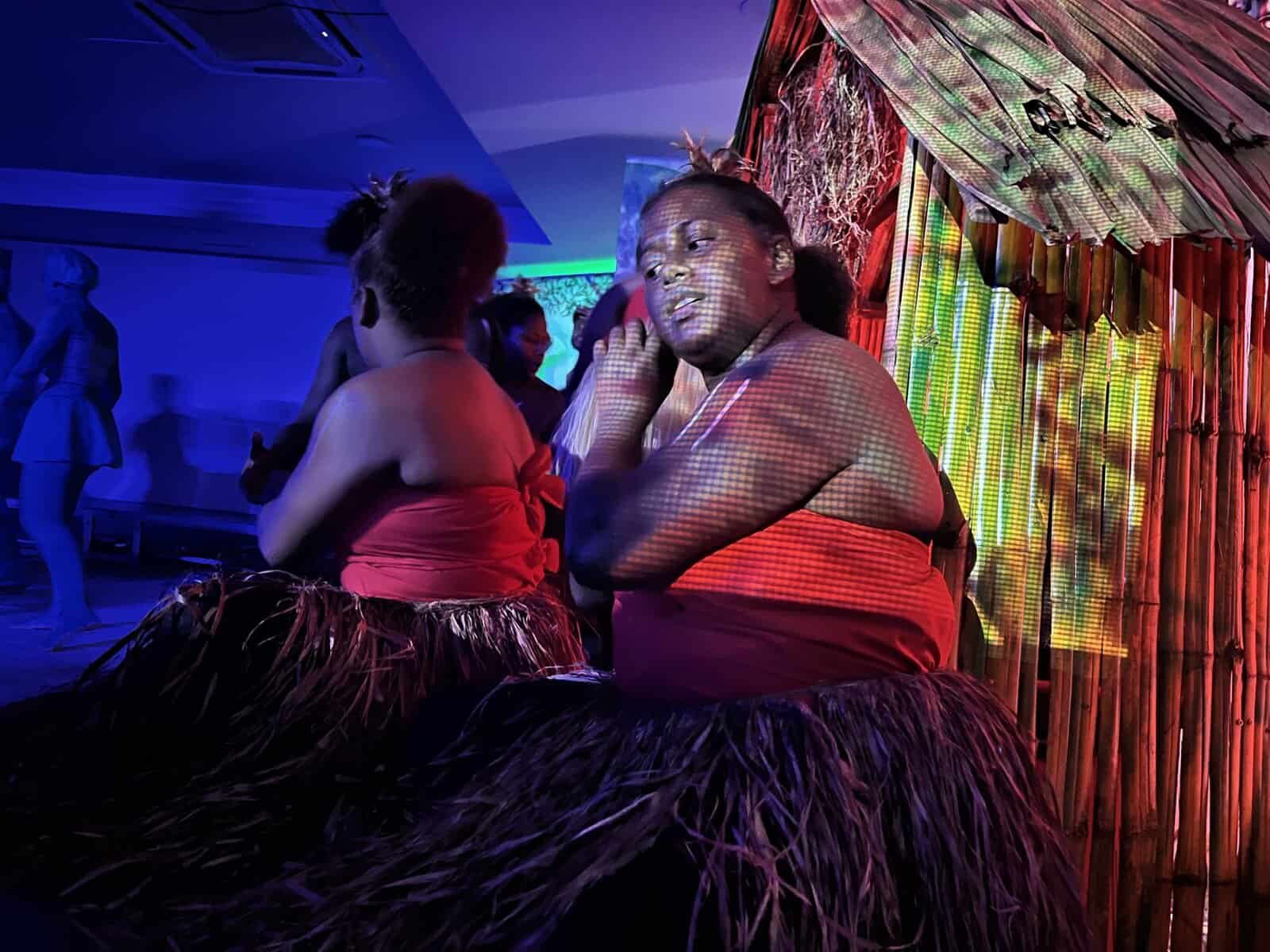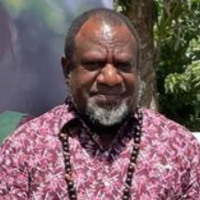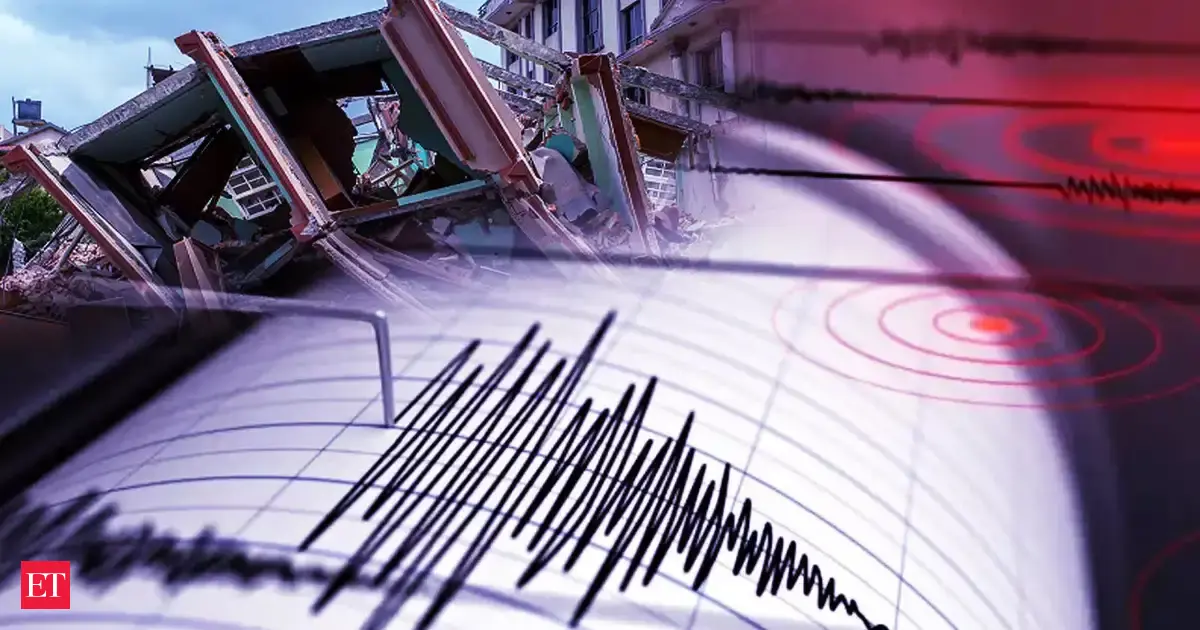By SERA TIKOTIKOVATU-SEFETI,Waisale Rokotuiveikau
Copyright islandsbusiness

THE second Pacific Islands Ocean Conference (PIOC) opened on September 29 at the Heritage Park Hotel, drawing traditional knowledge holders, scientists, and ocean professionals from across the region.
Delegates filled the venue to discuss the future of the Pacific’s oceans and unpack key challenges.
The conference began with an ethereal performance by the Dreamcast performers. The room fell silent as their voices carried powerful messages on the importance of the ocean, the integration of science and traditional knowledge, and the crucial role of leaders in translating this understanding into action.
Voices from the Pacific
In his opening address, Dr Filimon Manoni, Pacific Ocean Commissioner (OPOC), emphasised the people-centered nature of the conference.
“This conference is about the people. It creates the space for communities, their views, and the expertise of professionals,” Manoni said.
“To be heard and seen, it ensures that ocean decisions are not just made elsewhere – they are shaped by those who live with the ocean every day.”
Speaking directly to youth, he offered encouragement and a call to stewardship: “You will soon be inheriting the world’s largest ocean. You are the future ocean leaders, director-generals, chief scientists, village leaders, and Pacific Ocean Commissioners. Do not let the size of the ocean intimidate you. It is more than a resource – it is your home, your heritage, your identity. It is your responsibility to ensure it remains healthy for the future.”
The five-day conference, jointly organised by OPOC, SPC, and SPREP, provides a platform for indigenous Pacific Islanders, scientists, and policymakers to exchange knowledge and shape strategies for sustainable ocean management. Sessions this week will explore ocean management, fisheries, marine spatial planning, ocean wayfinding, and “Tok Stori” approaches that weave ancestral knowledge with modern science.
Community-Based Fisheries Management takes center stage
On the first day, community-based fisheries management (CBFM) drew particular attention. Speakers from Fiji, Tonga, and regional organisations highlighted both the challenges and innovations shaping the Pacific fisheries sector.
A key focus was the persistent problem of illegal, unreported, and unregulated (IUU) fishing, which threatens both ecosystems and food security. Participants stressed that while governments and regional bodies are essential, lasting solutions must come from communities themselves.
Kinisimere Batibasaga, who works on strengthening CBFM in Fiji, explained: “We can have laws on paper, but unless communities feel ownership and are engaged in enforcement, change will not last.”
Technology and innovation
Delegates also explored technological solutions. An app presented by Pacific-driven entrepreneur Laitia Tamata helps fishers track catches, record species data, and connect directly to local markets.
“This is about giving fishers the tools to protect their livelihoods while contributing to national monitoring efforts,” Tamata said.
Bridging tradition and science
Speakers from the Wildlife Conservation Society and the Pacific Community (SPC) emphasised the importance of blending modern science with traditional knowledge. Community taboos, seasonal fishing bans, and sacred marine sites were highlighted as proven methods that complement scientific approaches.
“Science can give us numbers, but tradition gives us meaning,” one participant said.
Sustaining community commitment
Maintaining long-term engagement emerged as a recurring challenge. Conservation projects often start with enthusiasm but falter when immediate benefits are not visible.
Batibasaga shares his honest opinion answering a question from Islands Business on this recurring challenge.
“It comes down to putting food on the table. If an intervention does not help raise living standards, send kids to school, or support traditional obligations, it is bound to fail.”
Practical, community-driven monitoring systems were identified as essential for accountability and sustainability.
The session concluded with key strategies to strengthen CBFM across the Pacific:
Develop monitoring systems that are affordable and easy for communities to use.
Expand education initiatives to reinforce the link between conservation and food security.
Build partnerships between governments, NGOs, and local enterprises to support enforcement.
Align conservation measures with livelihood opportunities to ensure economic incentives.
“The ocean is our supermarket, and it is also our identity,” a Tongan participant said. “If we do not manage it wisely, we risk losing both.”
The session reinforced that the future of Pacific fisheries relies on innovation, strong partnerships, and community leadership, weaving together science, tradition, and policy to ensure a resilient ocean for generations to come.



